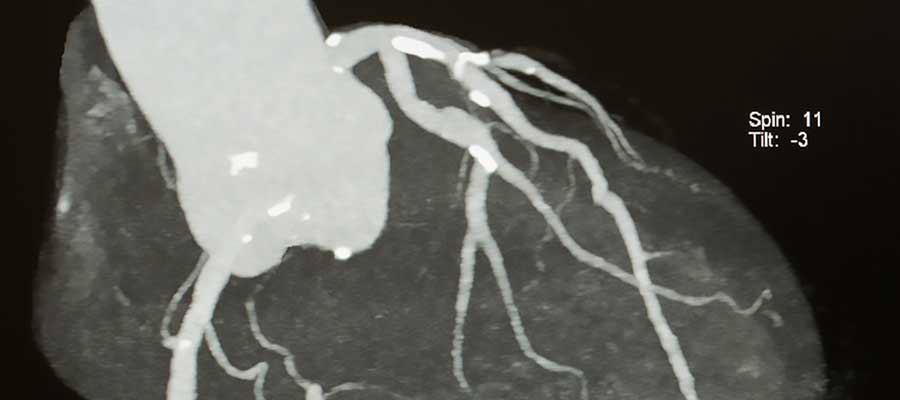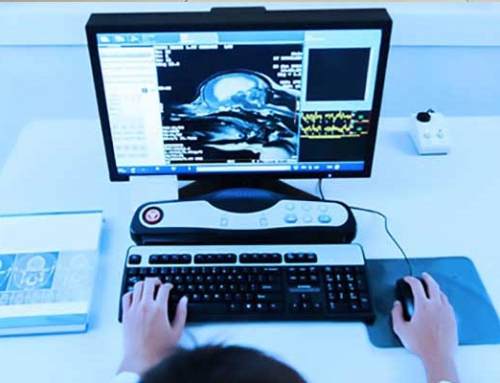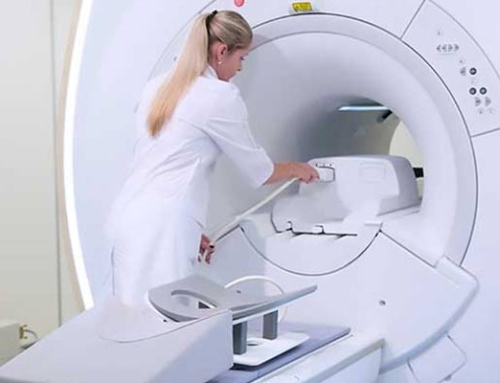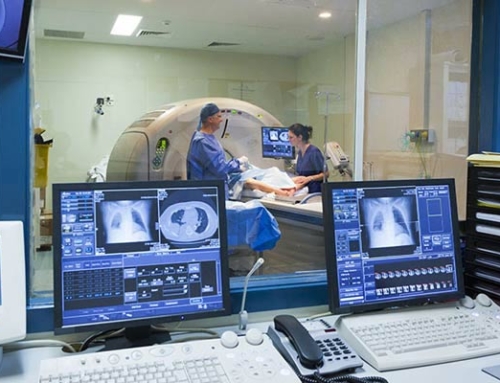To become an MRI technologist, it’s essential to take MRI programs first. Why? Well, that’s the way to become eligible for the ARRT MRI certification test. After passing this test, you can apply for jobs and work as an MRI tech.
So what exactly does an MRI tech do? An MRI tech is responsible for scanning patients to produce radiological images that doctors can use to help diagnose and follow up on the treatment of patients.
While that may be an MRI tech’s main job or responsibility, it’s not his or her only duty. An MRI tech will also be responsible for the safety of patients undergoing an MRI scan. Patients with screws inserted in their bones due to fracture treatment are at risk. These screws can be pulled out of the patient because of the MRI’s strong magnetic field, which will definitely result in great harm.
MRI techs should screen patients to ensure they have no devices or artificial support systems inside their bodies. Aside from that, the MRI’s hardware and software condition is also an MRI technologist’s responsibility. Through repeated checkups and quality assurance, they need to guarantee that the MRI device that they are responsible for is operating at optimal conditions.
Why You Should Take MRI Programs
MRI programs are valuable for all of the aforementioned reasons and more. One of the primary goals of these programs is to teach potential MRI techs about human anatomy and physiology. As we mentioned, the main function of an MRI scan is to aid a doctor in diagnosing a patient. Teaching MRI techs about the human body will produce better images for the attending physicians.
The proper positioning of the patient inside the MRI is another task for the MRI technologist. If a patient is improperly positioned or moves during the scan, the images produced won’t be clear and will have little value. Poor images will require re-scanning of patients, which is a waste of time and money.
It may be true that MRI techs have lots to do, but their jobs are still significantly less stressful than other healthcare professionals. They have better schedules, less disease exposure, and less time standing.
If you’re interested in a career as an MRI technologist, you’ll be happy to know that the job pays really well, and its job security rating is quite high. In fact, it is predicted that within the next five or so years, there will be an almost 20% rise in the number of practicing MRI technologists.
More hospitals are opening up in the United States, and these hospitals will install MRIs. It follows that they need to hire someone to operate them. It’s easy to understand why more MRI technologists will be needed as our healthcare system expands. Keep in mind, though, that as the field expands, it’s bound to become very competitive. To stay ahead of the curve, sign up for MRI programs to get updated and improve your CV.
Additional Information Related to MRI Certification Programs







